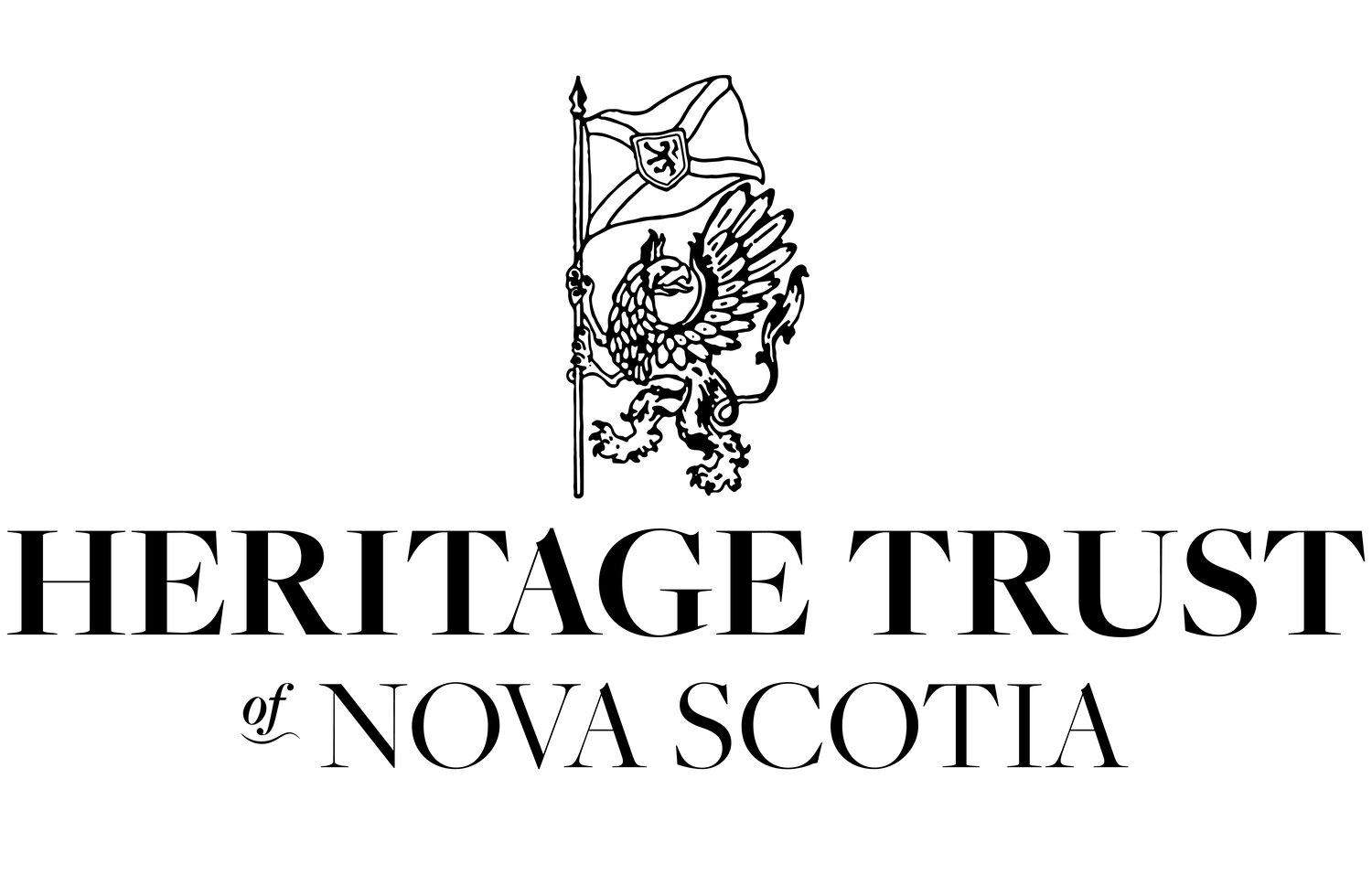HTNS Urges HRM to put Heritage Resources to Use in Housing Emergency
The Heritage Trust of Nova Scotia is mandated to work for the preservation of our province’s built heritage. One of the most effective ways to preserve historic buildings, especially larger public buildings, is through the process of adaptive reuse. This process involves repurposing historic buildings to meet contemporary needs. In Halifax right now we have three historic public buildings that are sitting vacant: the Fielding Building, on the site of the former Bloomfield School, dates to c. 1929; the Cobb Building, named after its renowned designer, Andrew Cobb, on the site of the former St. Patrick’s Boy’s School, was built in 1919; and the former Halifax Memorial Library constructed 1949-51. All three of these buildings provided decades of public service. Yet when it was determined that these building were no longer suitable for their original function, they were sold to the private sector (in the case of the Fielding and Cobb buildings), or left empty, in the case of the Halifax Memorial Library. Why, when these buildings were operated and maintained using public dollars, did our provincial and municipal governments not ask how these historic structures could continue to be utilized to meet current community needs?
This question has even greater resonance at a time when we are in a housing emergency. The temperature is dropping, yet we have many dozens of people facing the prospect of spending the winter living in tents. Meanwhile, buildings like the Fielding Building, the Cobb Building and the Halifax Memorial Library sit empty. These historic structures could have been part of the solution. They were designed for public use, with large washroom facilities and in some cases shower facilities. These features, and their central locations, would have made these buildings well-suited to reuse as emergency housing or housing for at-risk communities. They could have been given renewed purpose to help solve a crisis that couldn’t even have been imagined at the time they were built.
Is it too late? Some would say these historic buildings are beyond redemption because they have been allowed to fall into disrepair. But even if these buildings require considerable repairs and upgrades to make them suitable for housing, that cost would still be less than building new facilities to house Halifax’s growing unhoused population. We also have to ask, what is the cost of letting people in our city live, and possibly die, “housed” in tents?
We believe that HRM made a serious mistake in allowing historic buildings such as the Fielding Building and the Cobb Building to pass out of public ownership, and we believe that HRM has been negligent in not finding a suitable public use for the former Halifax Memorial Library. We also believe it is not too late. As owners of the Halifax Memorial Library, HRM has the ability to use the building to help address the crisis facing underhoused and unhoused populations.
As for the Bloomfield and St. Pat’s Alexandra sites, the private developers who bought them have done nothing except allow them to sit vacant. Maybe it is time for the Municipality to consider taking back ownership of those sites and give new life to the historic buildings. While we have focused our comments on the heritage elements of these properties – since that is the mandate of the Heritage Trust – as residents of Halifax, we can't help but think about the potential that these properties as a whole could have in addressing the enormous need for affordable housing if they had remained in, or were returned to, public ownership.
